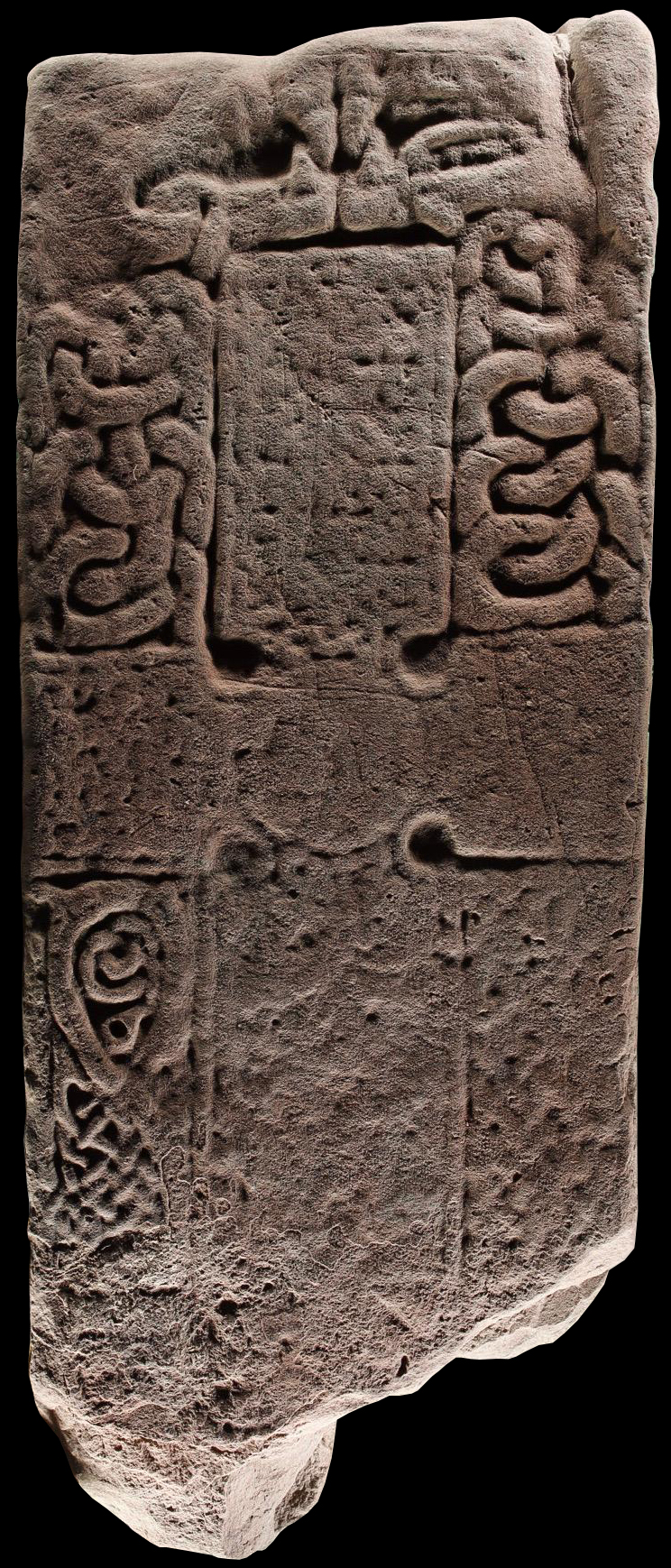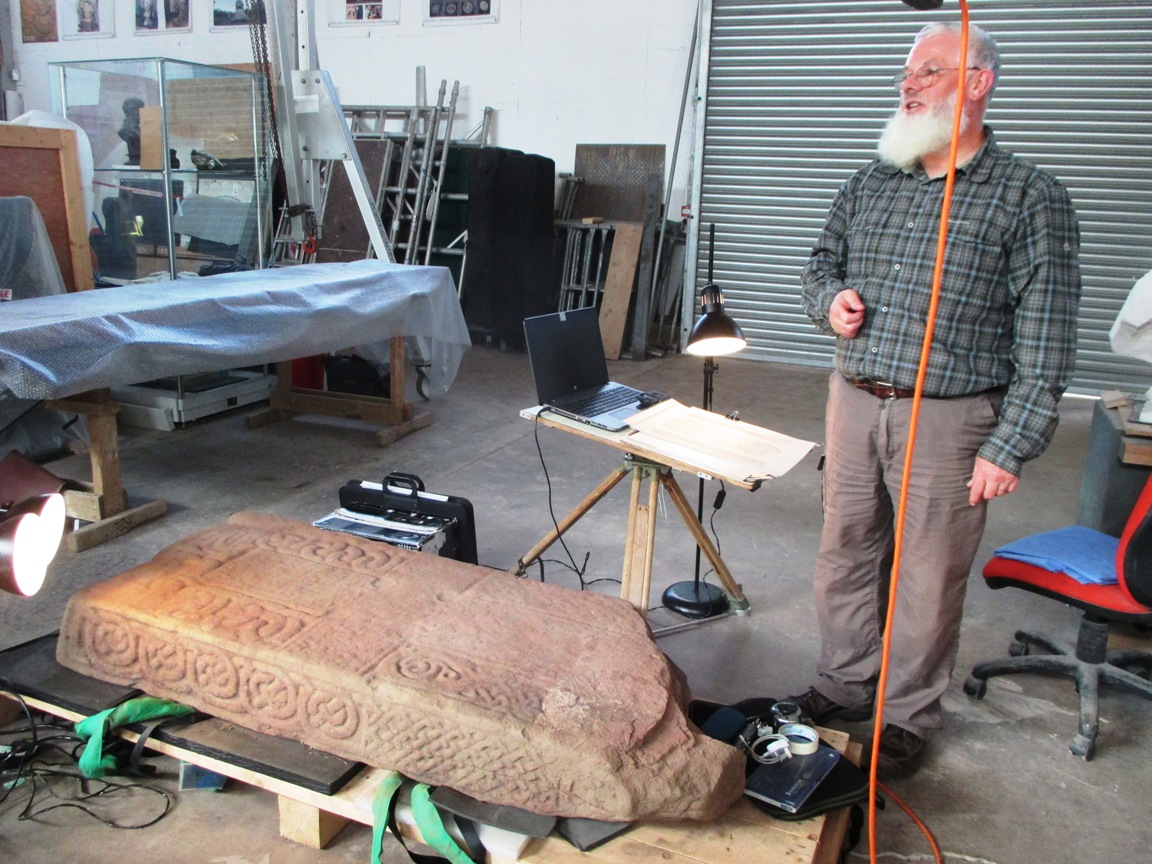
Fundraising bid to restore 1200 year old Pictish stone
A crowdfunding campaign has today been launched for the repair and conservation of a rare Pictish stone.
The previously unknown carved Pictish cross-slab was recently found at an early Christian church site in the Dingwall area of the Scottish Highlands.
The rare find, described by experts as being ‘uniquely significant’, was thought to have to been carved around 1200 years ago. It is decorated with a number of Pictish symbols and it is likely to have originally stood over two metres high.
The campaign to raise the £20,000 needed was jointly launched today by the North of Scotland Archaeological Society and the Pictish Arts Society at the Recent Archaeological Discoveries and Research Conference in Inverness.
John Borland, president of the Pictish Arts Society and measured survey manager at Historic Environment Scotland, said ‘Easter Ross is home to many fine Pictish sculptured stones and yet this latest discovery still manages to add something new and exciting to that collection.’
Dr Isabel Henderson, co-author of The Art of the Picts and widely acknowledged as one of the world’s leading authorities on the Picts and their culture, said: ‘The new Dingwall cross-slab is a uniquely significant western extension of the prestigious Pictish symbol-bearing relief sculpture of Easter Ross, notably connected with the tall slabs of Shandwick and Rosemarkie.’

A cross-side of the stone (Photo: HES)
At the conference launch Mr Borland also exclusively revealed images of the cross-side of stone, not released publically before.
He said ‘The two massive beasts that flank and surmount the cross are quite unlike anything found on any other Pictish stone. These two unique creatures serve to remind us that Pictish sculptors had a remarkable capacity for creativity and individuality. Careful assessment of this remarkable monument will be able to tell us much about the production of Pictish sculpture that we could never have guessed at.’
The stone, which was safely removed from the site by specialist conservators in August, had lain on the ground since at least the 1700s when it was reused as a grave marker.
It now needs to be repaired, cleaned, recorded and mounted before being put on permanent public display at Dingwall Museum in Easter Ross. At Dingwall, the conserved stone is expected to make an impressive cultural attraction, which will be of significant benefit to both the museum and the town.
All contributions, however small, will be gratefully received by the organisers.
Donations can be made at their JustGiving page, whilst more information on the stone and the campaign can be found at www.nosas.co.uk/sponsorapictishstone.asp.
Any money left over from the campaign will go towards a series of community events and workshops in the local area that will enhance understanding of the Pictish heritage of those who now live there. Easter Ross is known to have had particular significance in Pictish times.

The Pictish stone at the conservators (Photo: North of Scotland Archaeological Society)
The stone currently measures 1.5 by 0.6 by 0.2 metres. However it is broken and experts believe it may have originally stood up to 2.4 metres high.
The stone is decorated with a number of Pictish designs including several mythical beasts, oxen, an animal headed warrior with sword and shield, a double disc and z rod symbol and a large ornate Christian cross. It is one of only about 50 complete or near complete Pictish cross-slabs known in the world, and the first to be discovered on the Scottish mainland for many years.
John Borland added: ‘The discovery of the top half of a large cross slab with Pictish symbols is of national importance. The find spot – an early Christian site in Easter Ross – is a new location for such sculpture so adds significant information to our knowledge of the Pictish church and its distribution, This new discovery will continue to stimulate debate and new research.’
TAGS

